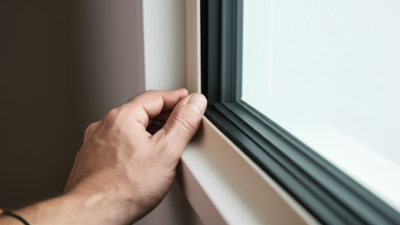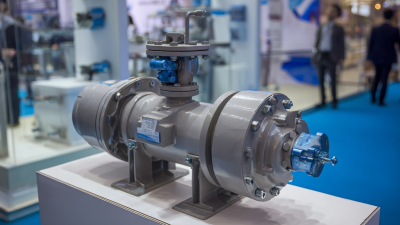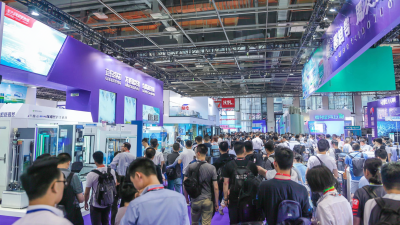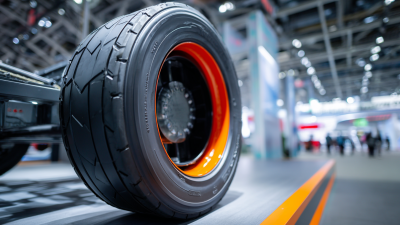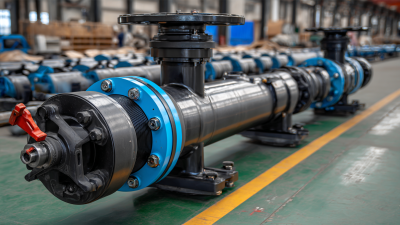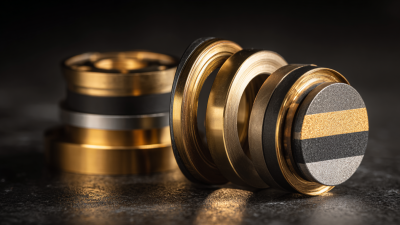EPDM rubber, a type of synthetic rubber made from ethylene, propylene, and a diene monomer, stands out for its remarkable durability and resistance to harsh weather conditions. According to a report by MarketsandMarkets, the global EPDM rubber market is projected to reach USD 9.73 billion by 2026, growing at a CAGR of 4.5% from 2021 to 2026. Its unique properties, including excellent flexibility, chemical resistance, and thermal stability, make EPDM rubber an ideal choice for various applications such as roofing, automotive seals, and electrical insulation. To fully leverage these benefits in your projects, it's crucial to implement strategies that enhance both the durability and performance of EPDM rubber. This article presents 15 actionable tips that can guide manufacturers and engineers in optimizing the use of EPDM rubber, ensuring long-lasting and efficient results in their applications.
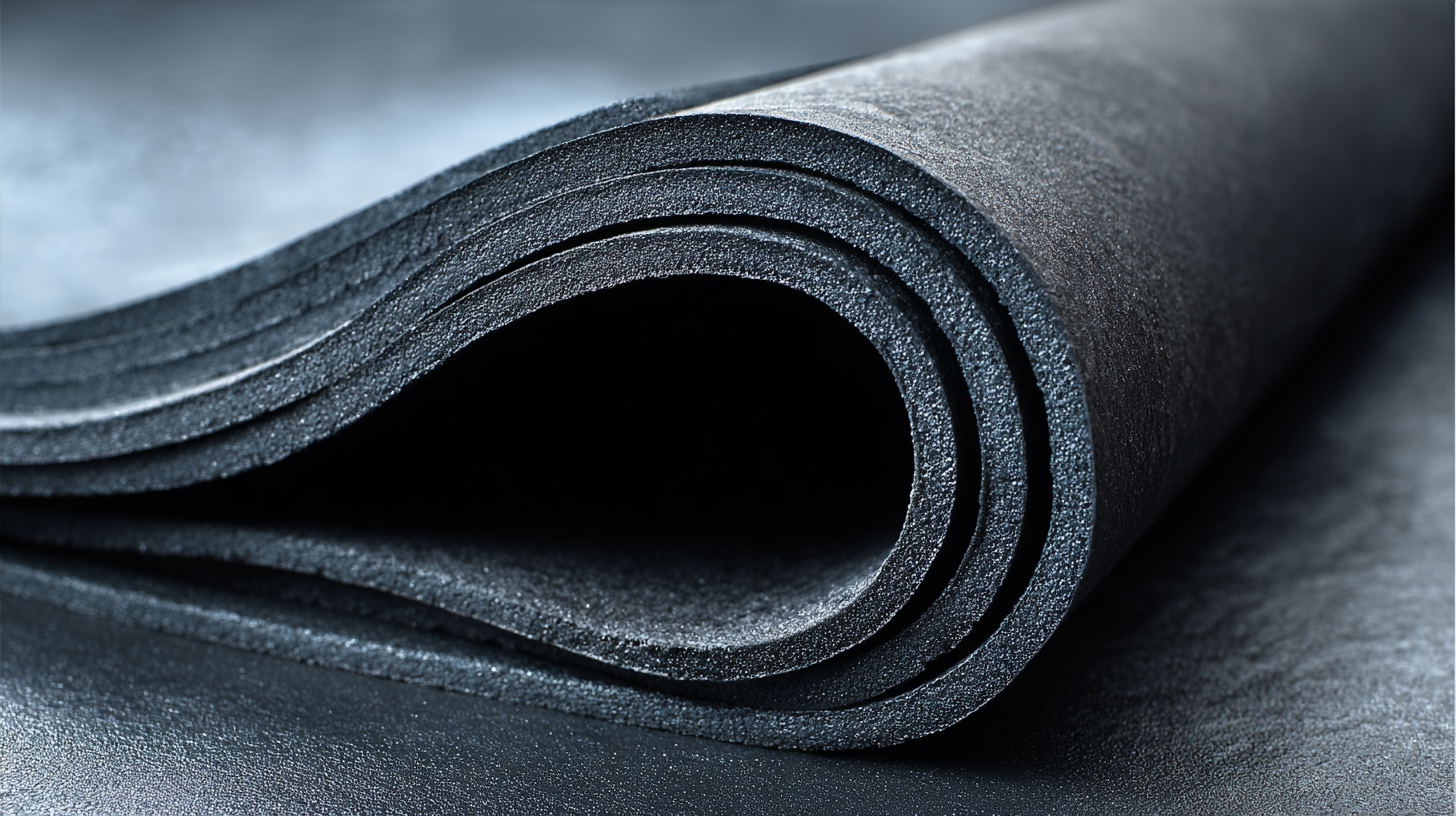
EPDM rubber, or ethylene propylene diene monomer, is a versatile synthetic elastomer known for its excellent weather resistance, durability, and flexibility. Composed primarily of ethylene and propylene, along with a diene component that introduces unsaturation, EPDM is particularly resistant to UV radiation, ozone, and extreme temperatures. According to a report by the Freedonia Group, the demand for EPDM rubber in North America was projected to reach 325 million pounds by 2024, driven by applications in automotive, building and construction, and consumer goods.
One of the key applications of EPDM rubber is in roofing membranes, where its resistance to harsh weather conditions significantly extends the lifespan of roofing systems. Research by the Rubber Manufacturers Association indicates that EPDM roofs can last over 30 years with proper installation and maintenance, highlighting their cost-effectiveness and durability. Additionally, its use in automotive components such as seals and gaskets plays a crucial role in enhancing the performance and longevity of vehicles. The combination of its composition and properties makes EPDM rubber a vital material in various industries, ensuring reliable performance even under extreme conditions.
EPDM rubber, known for its excellent resistance to ozone, UV rays, and extreme temperatures, has become a popular choice in various applications, from roofing to automotive parts. To maximize its durability, it’s crucial to consider key factors that influence the longevity and performance of EPDM rubber. One significant aspect is the formulation of the rubber itself. The quality of the raw materials used, including the ratio of ethylene to propylene, can directly affect the resilience of the final product. Higher-quality EPDM can better withstand environmental stresses, ultimately extending its lifespan.
Another critical factor is the installation process. Proper application ensures that the EPDM rubber is fitted correctly, which can prevent issues such as leaks or premature wear. Additionally, environmental conditions play a vital role; fluctuating temperatures, exposure to harsh chemicals, and physical abrasion can all challenge the integrity of EPDM. Regular maintenance and protective measures, such as coatings or barriers, can mitigate these risks, ensuring that EPDM rubber not only maintains its performance standards but also endures the test of time in demanding projects.
| Tip Number | Tip Description | Impact on Durability |
|---|---|---|
| 1 | Choose high-quality EPDM materials | Increases resistance to weathering and UV exposure |
| 2 | Ensure proper installation techniques | Reduces potential for leaks and failures |
| 3 | Select appropriate thickness for application | Enhances durability under stress and impacts |
| 4 | Perform regular maintenance and inspections | Prevents long-term damage and prolongs lifespan |
| 5 | Use appropriate adhesives and sealants | Ensures optimal bonding strength |
| 6 | Avoid exposure to extreme temperatures | Reduces risk of cracking and degradation |
| 7 | Limit contact with oils and solvents | Prevents swelling and deterioration of material |
| 8 | Incorporate proper drainage solutions | Minimizes water pooling and related damage |
| 9 | Select the right color pigment | Affects thermal stability and UV resistance |
| 10 | Monitor for signs of wear and tear | Allows for timely repairs and replacements |
| 11 | Utilize protective coatings | Enhances resistance against environmental factors |
| 12 | Implement proper curing techniques | Improves overall strength and elasticity |
| 13 | Ensure compatibility with other materials | Prevents chemical reactions that can weaken structure |
| 14 | Avoid excessive stretching during installation | Mitigates risk of tearing or permanent deformation |
| 15 | Educate staff on proper handling practices | Reduces risk of damage during transport and installation |
When working with EPDM rubber, proper installation and maintenance can significantly enhance the material's longevity and performance. According to a study by the Rubber Manufacturers Association, EPDM exhibits superior aging resistance, weatherability, and UV stability, making it an ideal choice for roofing and sealing applications. However, the success of these projects hinges on adhering to best practices during installation.
One key tip is to ensure a clean and dry substrate before laying down EPDM products. Contaminants such as dust, grease, or moisture can compromise adhesion and lead to premature failures. Additionally, using appropriate adhesives as per manufacturer guidelines can enhance bond strength, ensuring the seams withstand environmental stresses over time. Regular inspections should be scheduled post-installation, as identified in a report by the International Roofing and Waterproofing Institute, which indicates that preventive maintenance can extend EPDM’s lifespan by up to 50%.
Another important practice is to avoid punctures and abrasions during maintenance activities. Implementing protective measures, such as using mats when carrying tools, can prevent damage. Keeping the surface clear of debris is also crucial, as accumulated organic material may degrade the rubber. Enforcing strict protocols can ultimately maximize the durability and efficiency of EPDM rubber in various projects.
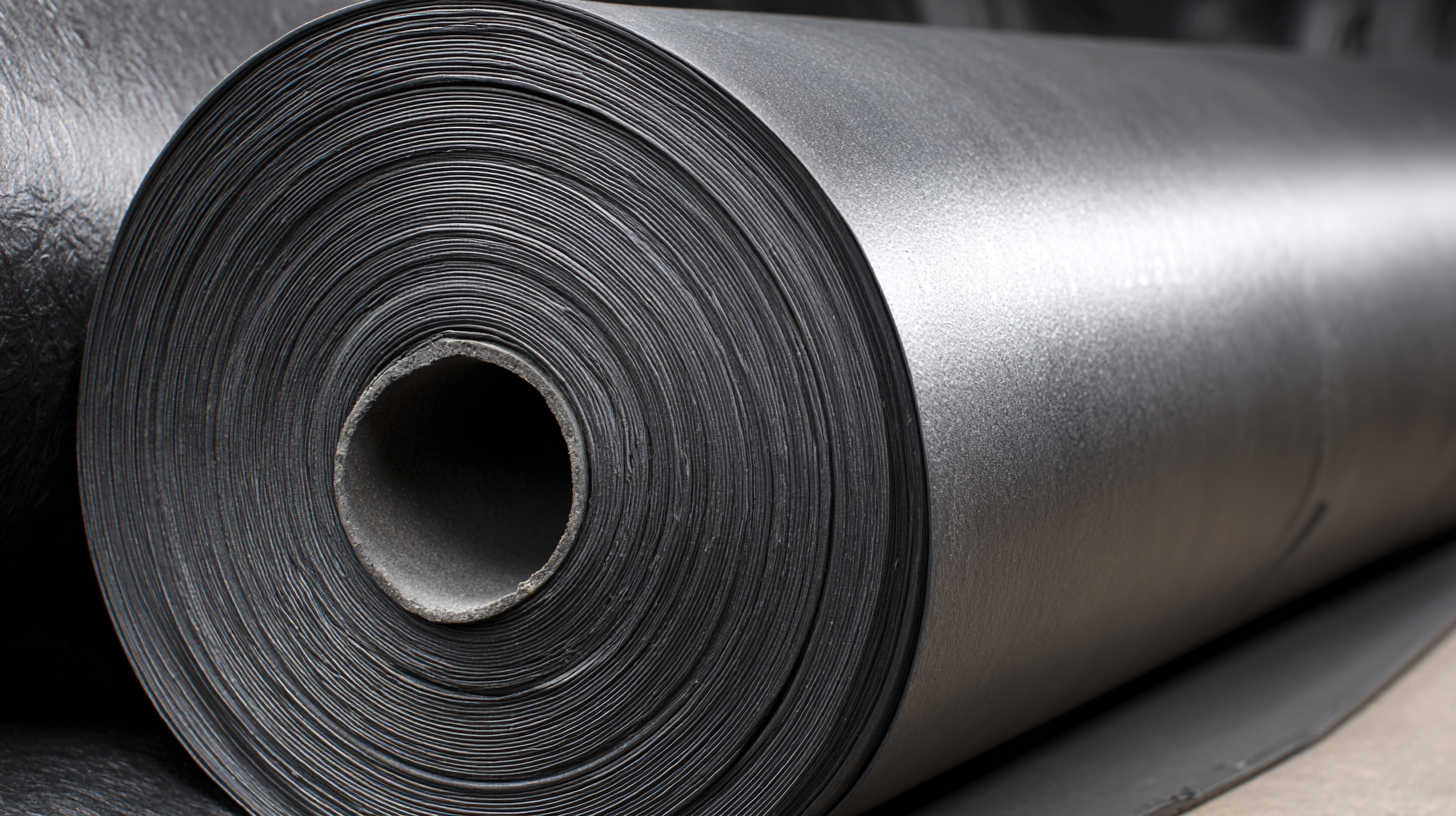
When considering the environmental impact of EPDM rubber, it’s essential to optimize its longevity through informed practices. EPDM, or Ethylene Propylene Diene Monomer, is renowned for its excellent resistance to heat, ozone, and weathering, which are crucial factors in extending its service life. According to the Rubber Manufacturers Association, properly formulated EPDM can last over 30 years when used in roofing applications if environmental factors are controlled effectively. By understanding these factors, manufacturers can make strides in promoting durability while minimizing environmental impact.
One key aspect to enhancing EPDM longevity is the use of additives and fillers that improve its resistance to UV radiation and oxidation. A study from the International Institute of Synthetic Rubber Producers indicated that incorporating fire-retardant additives not only leads to improved safety but also contributes to the lifespan of the material under extreme weather conditions. Additionally, recycling initiatives that reclaim EPDM at the end of its life cycle can significantly reduce waste, promoting a circular economy within the rubber industry. By balancing performance and environmental considerations, projects utilizing EPDM can achieve both sustainability and efficiency.
When it comes to enhancing the performance of EPDM rubber in various applications, innovative techniques can make a significant difference. Research shows that the long-term durability of EPDM can be increased by incorporating specialized fillers, such as carbon black and silica, which not only improve tensile strength but also enhance resistance to UV degradation. According to a report by the American Chemical Society, using these fillers can increase the lifespan of EPDM roofing membranes by up to 30%, making them a smart investment for long-term projects.
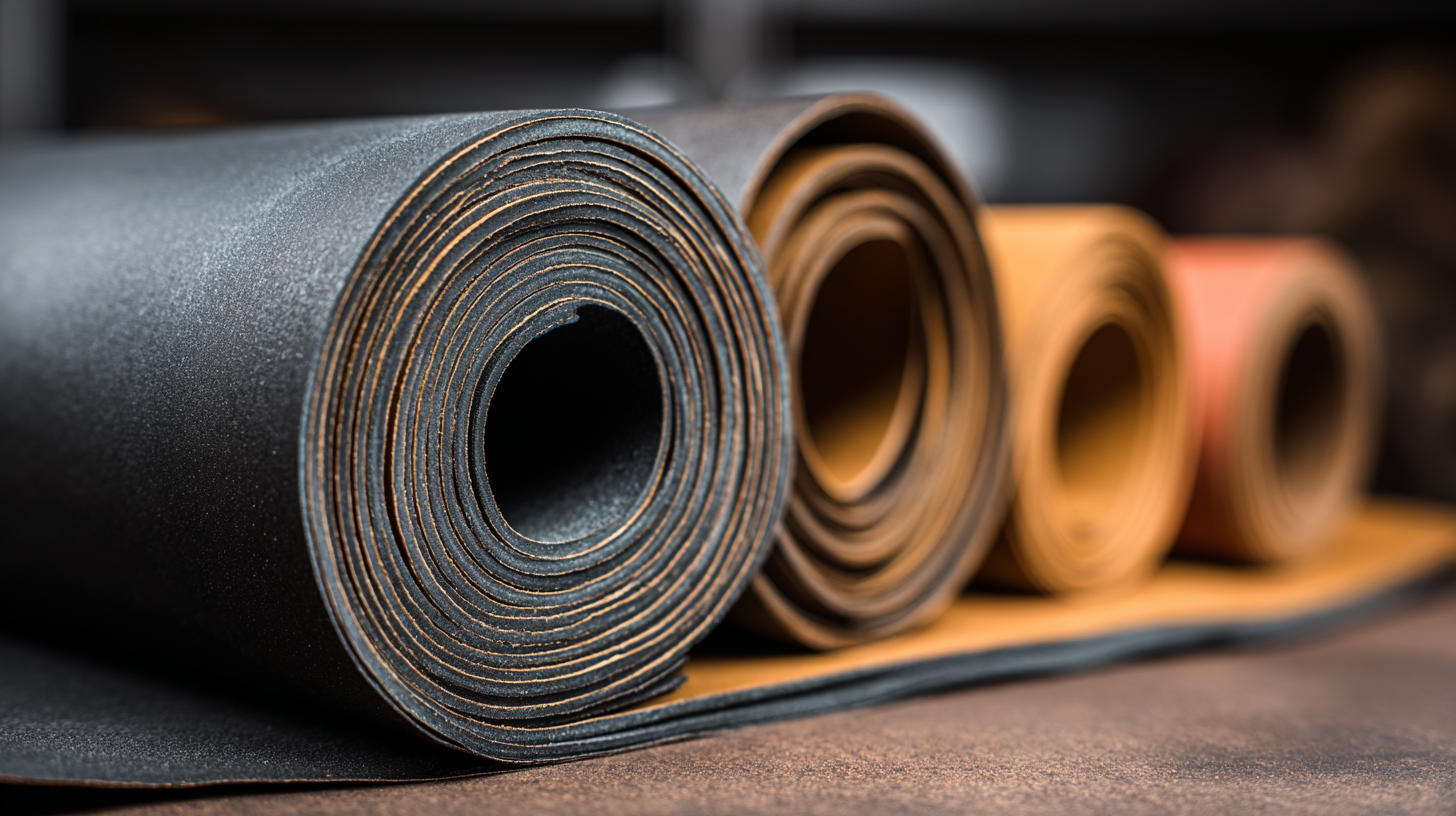
Moreover, advancements in formulation technology have introduced specialized additives that improve the elasticity and thermal stability of EPDM. A study published in the Journal of Applied Polymer Science indicated that these new formulations can withstand extreme temperature fluctuations, with performance remaining optimal between -50°C and 120°C. Additionally, incorporating blending techniques with other polymers can result in a composite material that exhibits superior abrasion resistance, thus extending the operational life of EPDM in demanding applications. Investing in these innovative techniques not only enhances the overall functionality but also ensures that EPDM products meet the rigorous demands of modern projects.
